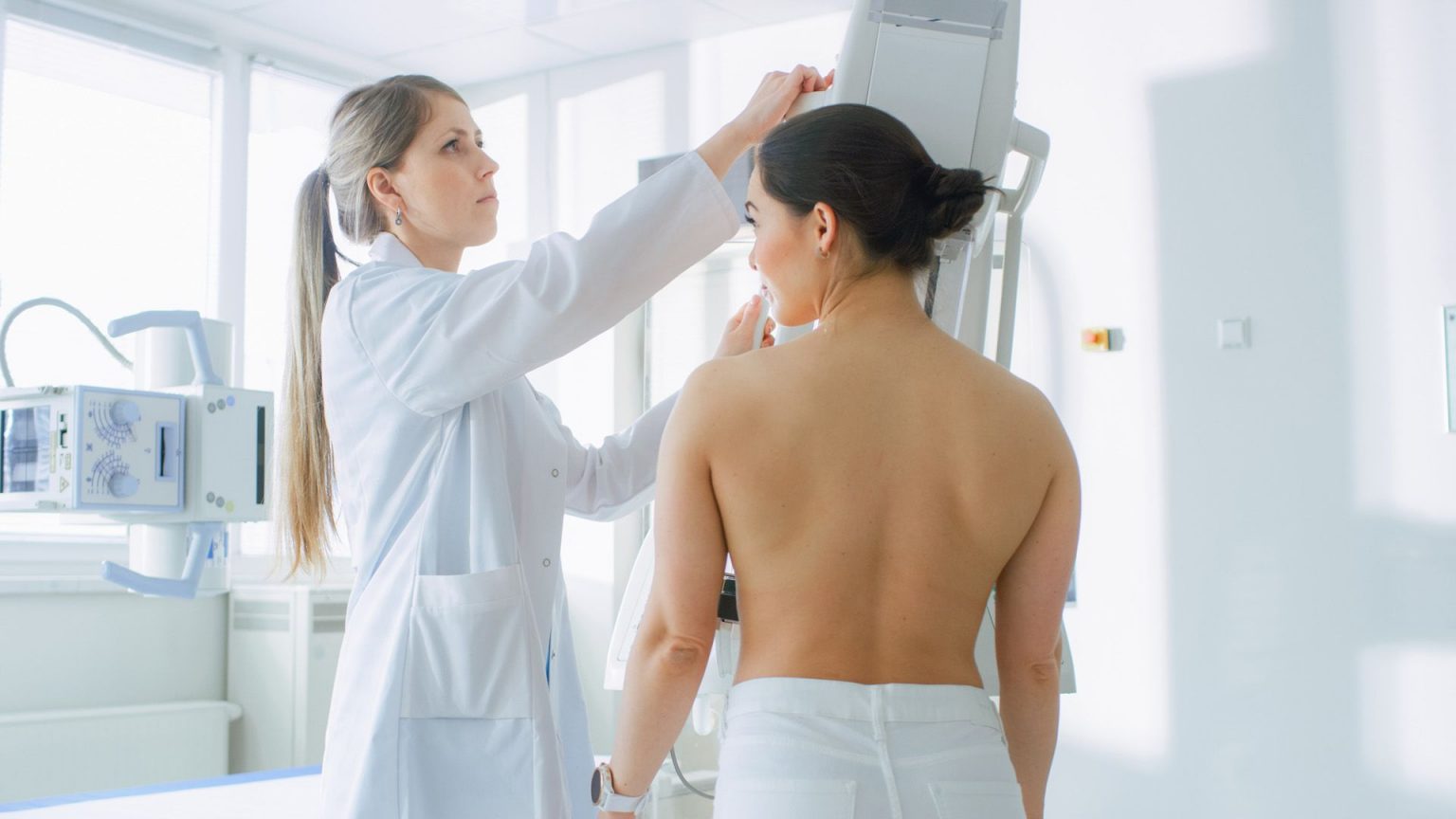Lori Johnston
ObamaCare could clear one of the biggest hurdles – cost – in detecting breast and cervical cancer.
A new study finds that more than 1 million women could obtain mammograms and Pap tests — potentially lifesaving screenings for breast and cervical cancer — when the federal health care reform law fully takes effect in 2014. The study was led by Leighton Ku, a health policy professor and director of the Center for Health Policy Research at George Washington University’s School of Public Health and Health Services.
“It’s a huge gain for women’s health,” Ku says.
Under the law, health insurance coverage will reach low-income women who’ve been unable to afford Pap tests and mammograms. As part of health care reform, these preventive services will be free to all women who carry health insurance.
An estimated 6.8 million low-income women 18 to 64 will gain health insurance under the reform. As a result, Ku and his researchers determined:
- About 500,000 more women a year would be able to get mammograms.
- About 1.3 million more women could get Pap tests.
About 40,000 women die each year from breast cancer and 4,000 die of cervical cancer, according to 2008 data from the federal Centers for Disease Control and Prevention (CDC).
“When they catch cancer earlier, they can begin treatments earlier, and there is a better chance of positive outcomes. It literally can be lifesaving,” says Ku, whose wife is a two-time survivor of breast cancer.
The free breast and cervical cancer screenings are among the most popular provisions of health care reform, says Anthony Wright, executive director of Health Access California, a consumer advocacy group.
“This is part of a much bigger and important shift, which is trying to shift our health care system to be focused on prevention rather than just managing sickness,” Wright says.
Catching cancer earlier
The biggest roadblocks preventing women from getting screenings – cost and knowledge, including lack of insurance and lack of provider recommendations for regular mammograms – must be removed, according to a report by the National Cancer Institute. Mammography rates were “consistently lower” for women in households with income below the federal poverty level, the report says.
For example, the U.S. Department of Health and Human Services estimates a 58-year-old woman with insurance and making co-pays would save about $300 for recommended screenings, tests and vaccines. The figure was based on paying 25 percent of the average cost of screenings.
An uninsured woman, however, would have paid the full amounts for those screenings, tests and shots, causing her out-of-pocket costs to reach $1,160, Ku estimates. A low-income woman typically lacks the resources to pay for these screenings and tests, he says.
“This is where having insurance is so important,” Ku says. “It gives you the ability to pay for the screening in the first place.”
Health plans typically have covered the screenings for women, and in many cases without additional costs such as co-pays for visits to a doctor’s office, says Susan Pisano, a spokeswoman for America’s Health Insurance Plans, a trade group.
Even a $20 or $25 co-pay, especially for folks living paycheck to paycheck, can discourage people from getting preventive care, Wright says.
“From a public health point of view, it made no sense to put a financial barrier between women and the preventative care we wanted them to have for their health and for the health of the community,” he says.
About two-thirds of women 40 and older have had a mammogram within the past two years, according to the National Institutes for Health. The 2011-12 update of its Cancer Trends Progress Report found these mammography rates among racial and ethnic groups:
- 64 percent of Hispanic women, down from 65 percent in 2003.
- 66 percent of black women, down from 70 percent in 2003.
- 68 percent of white women, down from 70 percent in 2003.“The more women who have insurance and who are covered for these services hopefully will mean an increase in the percentage of women who get the screenings,” Pisano says.
